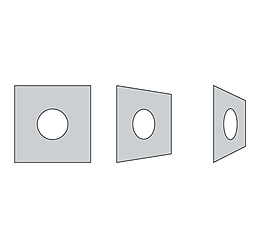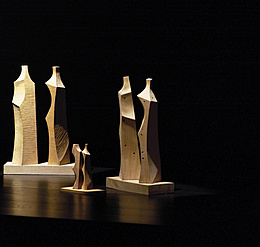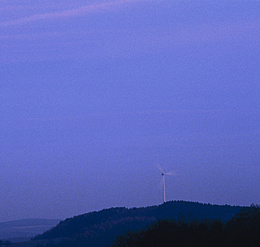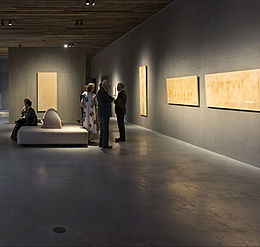To assign a property to a visually perceived object, it must first be recognized, i.e. distinguished from its surroundings. Laws are derived from the process of interpretation or analysis, according to which specific arrangements can be grouped into visually perceived figures or objects. The laws of shape are also of practical use to the lighting designer: each lighting installation consists of an arrangement of luminaires, be these on the ceiling, on the walls or within the space. However, such arrangements are not perceived directly but organized into figures according to the rules of shape perception. The surrounding architecture and lighting effects of the luminaires create further patterns integrated into the perception.















